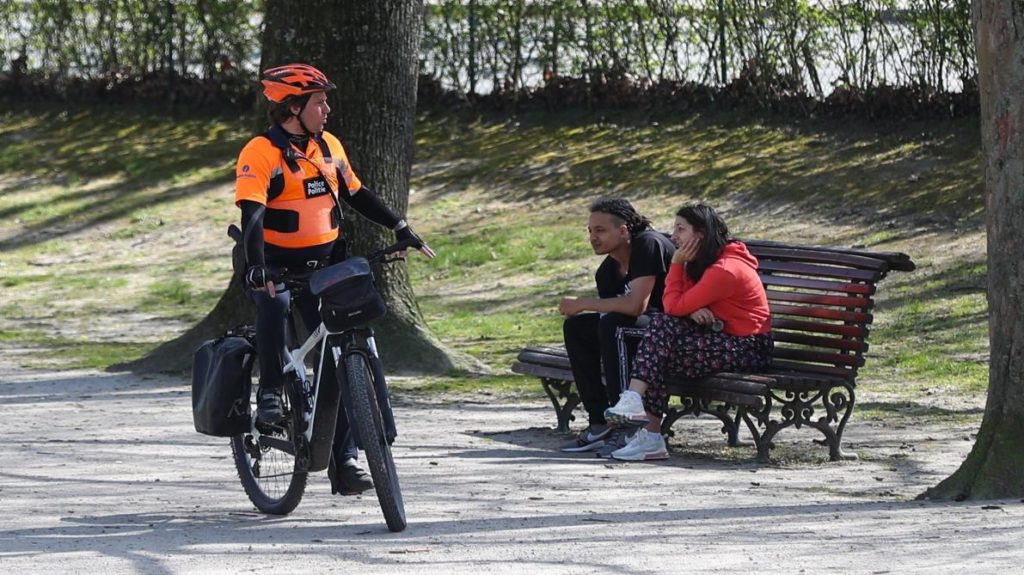Emergency measures such as stay-at-home orders and a ban on public gatherings have individually little effect on reducing the spread of Covid-19, according to research reported by the university of Edinburgh.
The researchers looked at data from 131 on non-pharmaceutical interventions (NPIs) put in place by governments in an effort to stop the spread of the coronavirus, and examined their effect after 7, 14 and 28 days.
The success of the different measures varied, from a reduction of the R-rate – the rate at which the virus reproduces in the population – of more than 20% after 28 days of a cancellation of public events, to an increase of almost 10% in the R-rate because of a travel ban, again after 28 days.
The aim of the various NPIs is to bring the R-rate down to less than one, meaning that each infected person goes on to infect fewer than one other person. In that way, the epidemic fails to sustain itself, and even if some people continue to become infected, the epidemic in general is on the road to disappearing.
At the time of writing, on Saturday morning, the R-rate reported in Belgium by the health institute Sciensano was 1.46, meaning that the disease is continuing to propagate itself. The last time it was below 1 was on 4 September.
The Edinburgh team also found that some measures manage to hold their effect over time, while others have the opposite development.
For example, closing schools had the effect of reducing the R-rate by over 10% after four days, and the reduction continued after 14 and 28 days.
However the reduction caused by a ban on gatherings of more than ten people diminished from about 8% after seven days to 3% after 28 days, which the study suggests was due to the fact that people stop observing such rules after time. The same development was seen with stay at home orders and travel bans.
These effects have been clearly seen in Belgium, at the time of the lockdown imposed in March.
In sum, the study found that no one single NPI was enough to move the R-rate to less than 1, but that a combination of measures could achieve that effect. Some are more useful than others, and some will have a diminishing effect over time while others are more durable.
“In summary, our findings provide additional evidence that can inform policy makers’ decisions on the timing of introducing and lifting different NPIs,” the study concludes.
“The decisions to reintroduce and relax restrictions should be informed by various factors, including the capacity and resilience of the health-care system, and might be best made at provincial or district rather than national levels in some countries.”
The study is published in the latest edition of The Lancet Infectious Diseases.
Alan Hope
The Brussels Times

